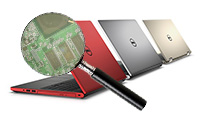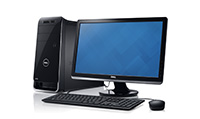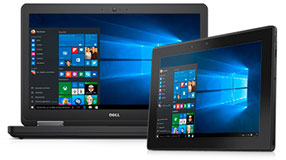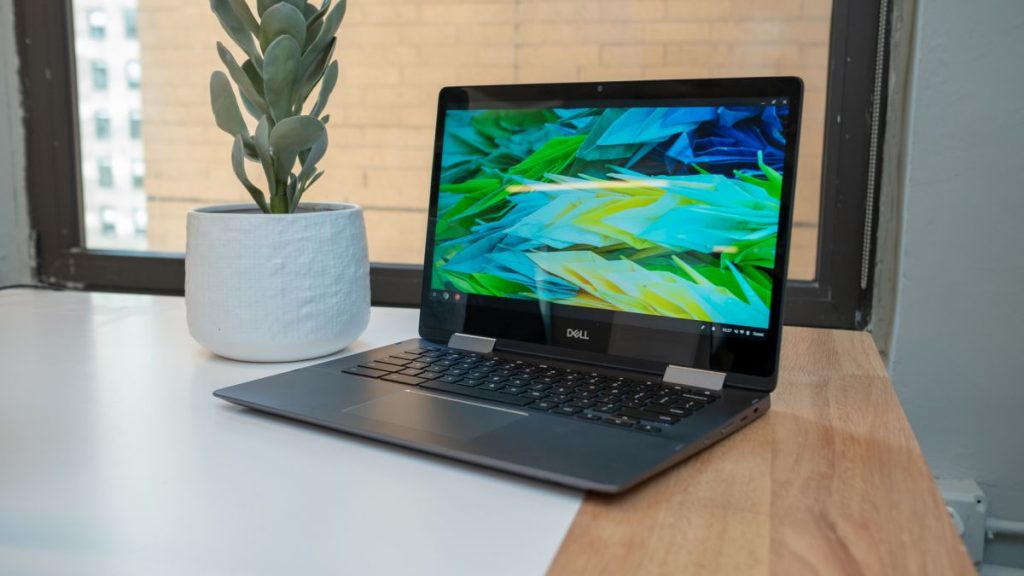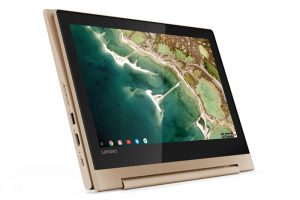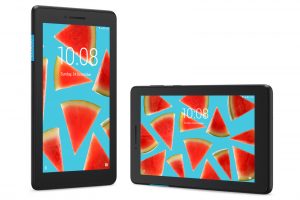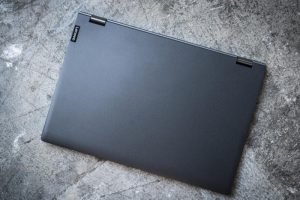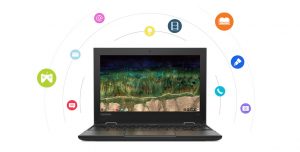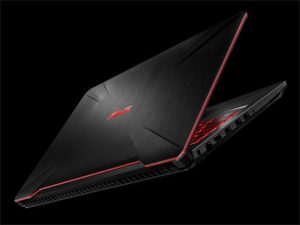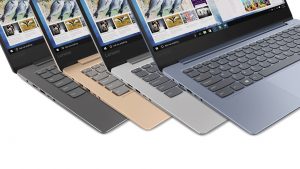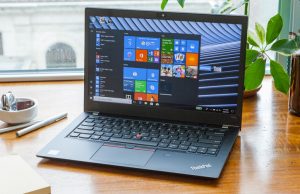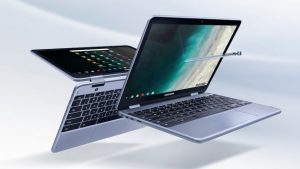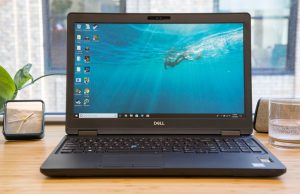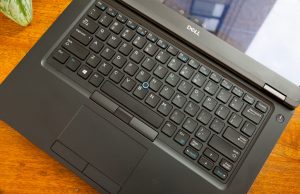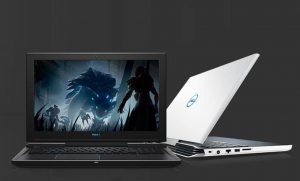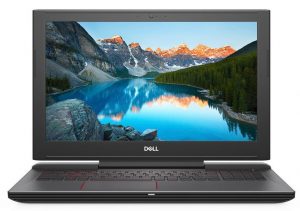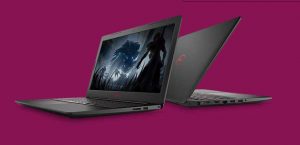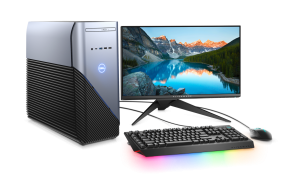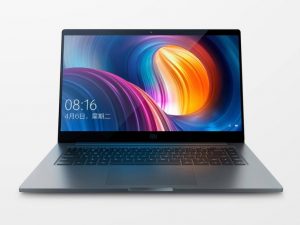

Thinner and lighter than the 13-inch MacBook Air, with a 40Wh battery with 9.5 hours of life, and a super quick USB-C charger for a half-hour full charge expectancy, this machine was made to compete hard. Here we are, over a year later, and let’s see what Xiaomi has done for itself now. Following the Mi Notebook Air comes a direct MacBook Pro competitor, the Mi Notebook Pro. This upgraded machine is now a 15.6-inch clamshell, geared towards the performance user. There is now an 8th generation Intel quad-core CPU, an Nvidia GPU, and SSD.
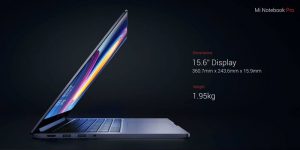

What’s going on here is one of those, “so what’s the big drawback” kind of things. The Xiaomi counterpart has such a liking to Apple’s MacBook Pro, with allegedly more superior performance, and even more ports (including two USB As, two USB-Cs, a full-size HDMI, and SD card slot), added to give more practicality to the subject. However, the most impressive aspect of this machine is its coming in at less than half the price for a comparably specced machine, by the biggest name in tech for decades. The best Dell could ever do in being the sleekest, Apple-iest (not an actual word, for the record), was its XPS 13 9360 Rose Gold Edition with a 7th gen Intel CPU, 16GB of RAM, and a 512GB SSD. This guy was considered the smallest 13-inch notebook on the planet, and 17 percent smaller than the MacBook Air.
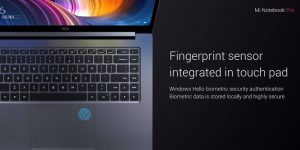

Additionally, if you want the more serious downfall in your face so you can deny or give into the desire of a beautifully running, cheap laptop, know the major missing element of the Mi Notebook Pro is its weight against Apple’s amazing LCD screen color reproduction and pixel count. It has fine reproduction, yet its resolution of 1080p could throw plenty of folks off. I know how hard it is to go back once you’ve edited and worked on a Mac, especially for years. But one thing we need to be thankful for, in this insane and imperfect world were living in, is options and alternatives are always there, and they aren’t always bad.

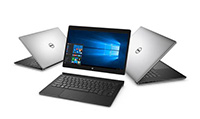 Laptop & Tablet Parts
Laptop & Tablet Parts